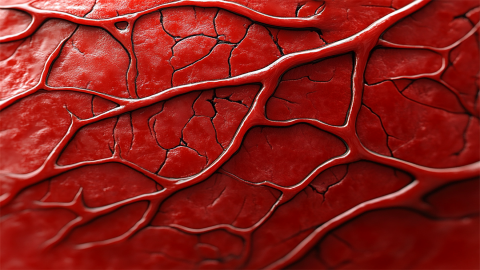What are the differences between hemangiomas and port-wine stains?
Under normal circumstances, hemangiomas and port-wine stains generally differ in pathological characteristics, appearance, growth patterns, regression features, and treatment approaches. If any abnormalities are noticed, timely medical consultation is recommended. A detailed comparison is as follows:

1. Pathological characteristics: Hemangiomas are benign tumors caused by abnormal proliferation of vascular endothelial cells, characterized by endothelial cell proliferation activity. Port-wine stains are congenital capillary malformations caused by dilatation of superficial dermal capillaries, without vascular endothelial cell proliferation.
2. Clinical appearance: Hemangiomas typically appear as red or purplish-red, soft, raised masses with clear borders that blanch upon compression and return to their original color when pressure is released. Port-wine stains manifest as flat red or pink patches flush with the skin surface, with irregular borders that may partially or incompletely blanch upon compression.
3. Growth patterns: Hemangiomas may grow rapidly within weeks after birth, increasing in volume and thickness, usually reaching their maximum size around one year of age, followed by a regression phase. Port-wine stains are present at birth and expand proportionally with body growth; they do not spontaneously thicken or enlarge, although their color may deepen gradually with age.
4. Regression features: Some hemangiomas, especially superficial types, may regress spontaneously. The regression process can last for several years and may leave residual skin laxity or pigmentation. Port-wine stains do not regress spontaneously and persist throughout life. Their color may deepen over time, accompanied by skin thickening.
5. Treatment approaches: Hemangiomas affecting appearance or function can be treated with medications, laser therapy, or surgery aimed at controlling growth and promoting regression. Port-wine stains are primarily treated with laser therapy to improve appearance, requiring multiple sessions to reduce color intensity and enhance skin aesthetics.
Close monitoring of hemangioma growth is necessary, with early intervention when indicated. Earlier treatment of port-wine stains generally yields better outcomes. Post-treatment skin care should follow medical advice to minimize complications.





